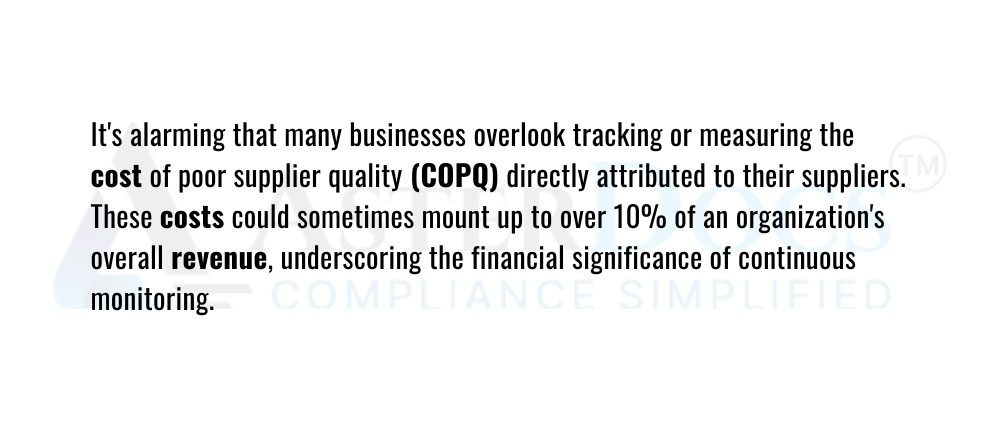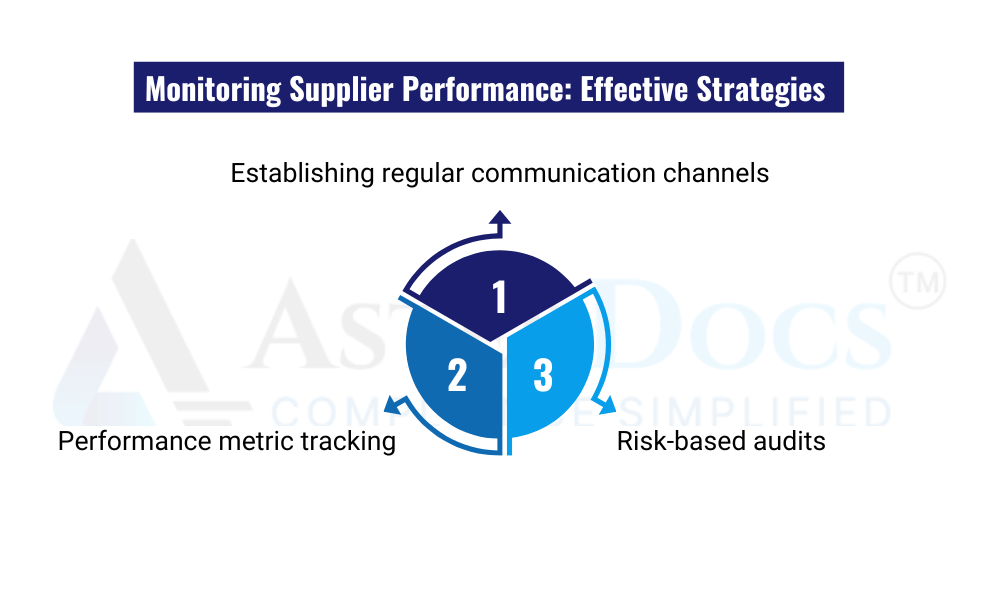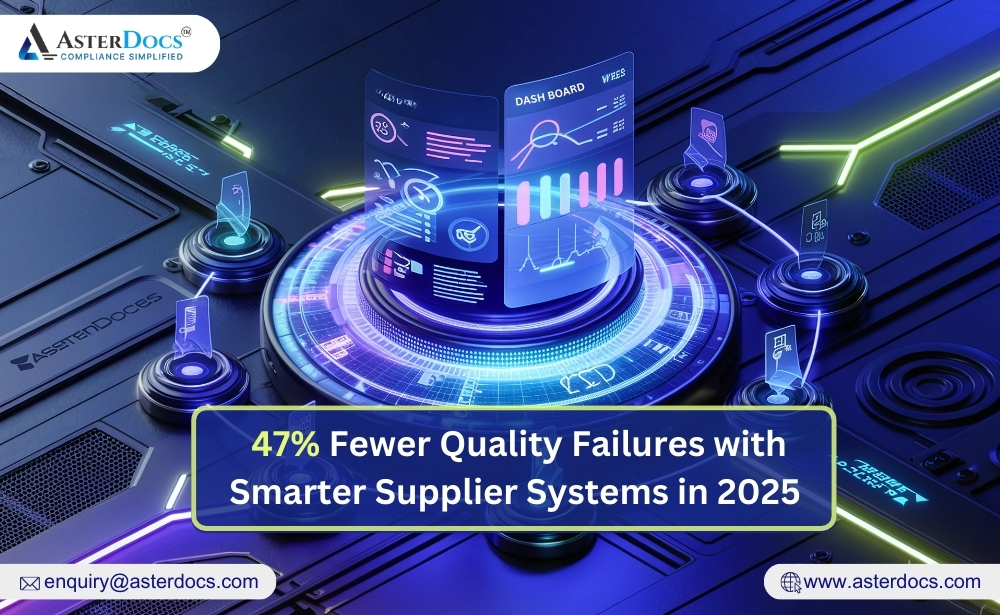On-site supplier audits play a significant role in managing a supply chain. Often viewed negatively by suppliers and contractors, audits can not only identify potential compliance issues, but they can also help to improve performance and efficiency.
Following the risk profiling of the suppliers in your supply chain, you will understand how valuable and how much risk a specific supplier can bring to your business. Using this information, you should proactively look to undertake supplier audits more regularly than every 12 months—and here are a few reasons to support this argument.
One-Time Supplier Audits Are a Roadblock
Supplier audits are indeed vital for assessing a supplier’s capabilities and ensuring they meet quality standards. However, it’s crucial to note that relying solely on one-time audits can present significant limitations that can hinder continuous improvement efforts.
A Snapshot in Time
Businesses are living entities, constantly evolving. Supplier performance is no different. Quality standards can fluctuate, and best practices can become outdated. One-time audits provide a mere snapshot, potentially missing crucial dips or shifts that could impact your production or product quality.
Missed Opportunities for Collaboration
Effective supplier relationships are a two-way street. Infrequent audits limit valuable opportunities for collaboration. By only connecting periodically, you miss out on the chance to proactively identify areas for joint improvement. Regular communication fosters trust and transparency, allowing you to work together to identify and address potential issues before they snowball. This not only makes your suppliers feel valued but also integral to the process, enhancing the overall effectiveness of your supply chain management.
Reactive Problem Solving
Imagine a scenario where a critical quality issue with a supplier only comes to light during a scheduled audit six months later. This reactive approach leads to delays in corrective actions and potential disruption to your production. By establishing a more continuous monitoring process, you can catch problems early on, minimizing the impact and allowing for a more proactive response. This reassures you of the effectiveness of the continuous monitoring process, giving you a sense of confidence and security in your supply chain management.
It’s alarming that many businesses overlook tracking or measuring the cost of poor supplier quality (COPQ) directly attributed to their suppliers. These costs could sometimes mount up to over 10% of an organization’s overall revenue, underscoring the financial significance of continuous monitoring.
The Path Forward: Continuous Monitoring
The limitations of one-time audits are clear. So, how do we achieve continuous improvement with suppliers? The answer lies in a shift towards constant monitoring. This might involve:
- Establishing regular communication channels: Schedule regular check-ins or implement real-time data-sharing platforms to stay updated on supplier performance.
- Performance metric tracking: Define key performance indicators (KPIs) for quality, delivery, and communication. Regularly track these metrics to identify any concerning trends.
- Risk-based audits: Instead of a blanket one-size-fits-all approach, prioritize audits based on past performance and potential risk factors.
By embracing a continuous monitoring approach, you shift from a reactive stance to a proactive partnership with your suppliers. This fosters a collaborative environment where both parties are invested in achieving long-term success. Remember, continuous improvement is a journey, not a destination. By establishing a more dynamic approach to supplier management, you pave the way for a smoother, more efficient, and higher-quality future for your business.















